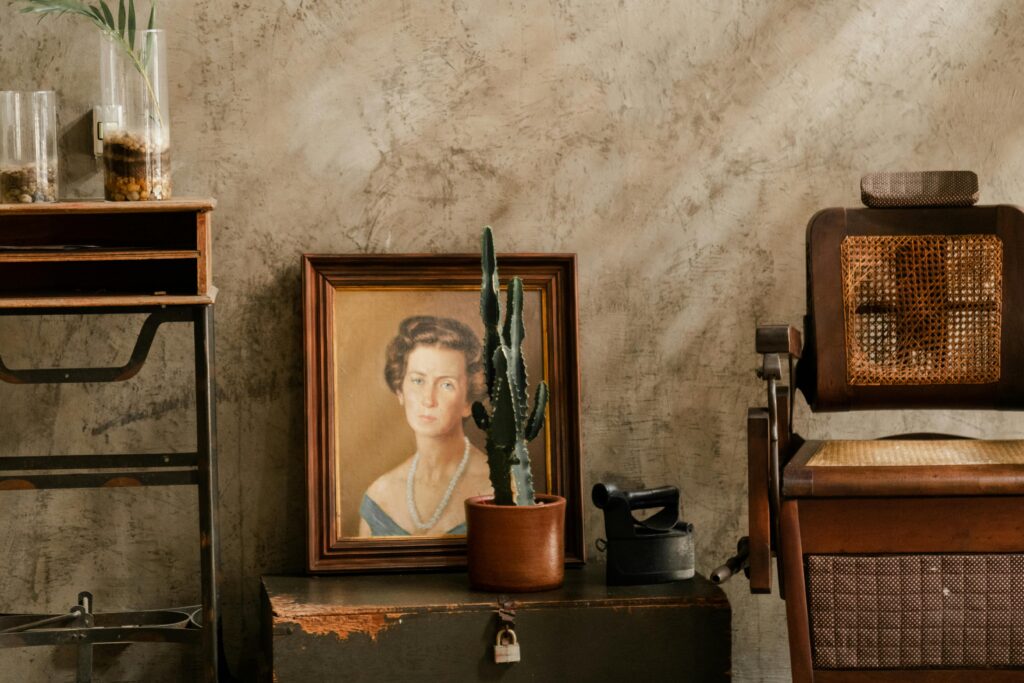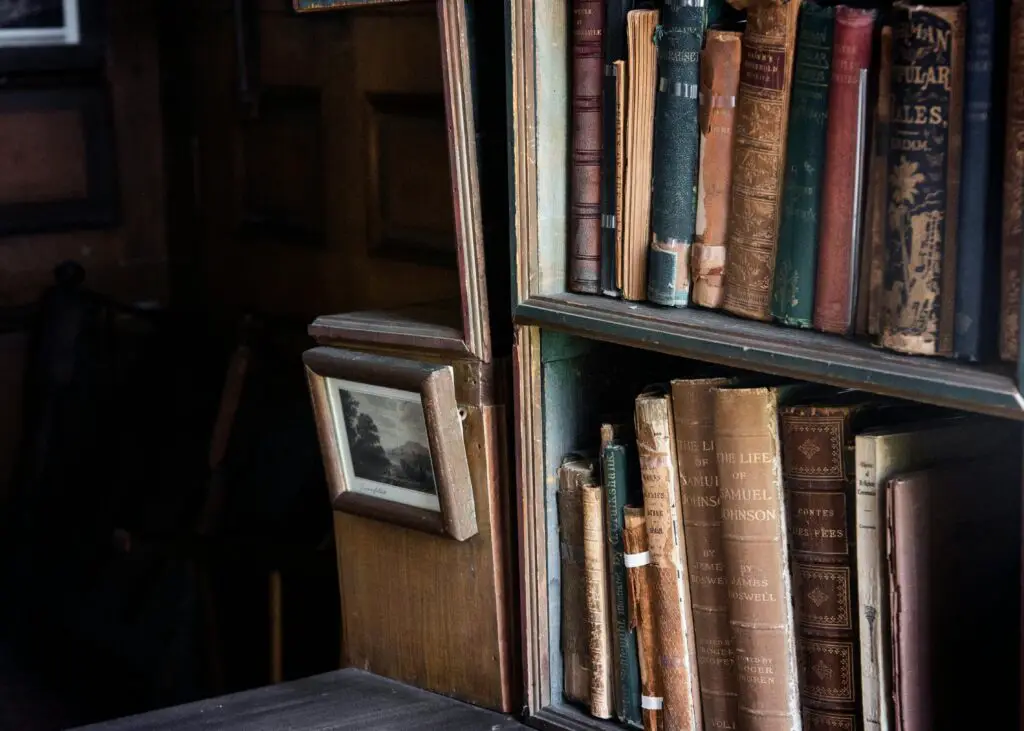1. Look for Signs of Wear and Tear

It might seem obvious, but true antiques show their age. Scratches, worn-down edges, or slight imperfections can all be signs of authenticity. That said, be cautious of fake ‘wear’—distress marks can sometimes be artificially created. Real antiques carry their stories with grace, not with a hammer and chisel.
2. Inspect the Material
Antiques are often made from high-quality materials that can be hard to come by today. Solid wood, real metal, or fine porcelain are indicators of a well-made piece. You’ll notice a distinct difference in weight and texture compared to modern replicas.
3. Check for Handcrafted Details
Look closely for the craftsmanship. Handmade items tend to have slight imperfections that make each piece unique. If something looks too perfect or symmetrical, it might be machine-made—usually a sign it’s more modern.
4. Do Your Homework on Maker’s Marks
Many genuine antiques will have a maker’s mark or stamp indicating who made the piece and where it was produced. Do some digging—research these marks to verify if the item is from the right era or region.
5. Get Familiar with Common Reproductions

Some antiques are so popular that replicas flood the market. Familiarize yourself with common reproductions of items like vintage furniture, glassware, and pottery. Knowing what fakes usually look like will help you spot a true gem.
6. Test the Patina
Patina refers to the natural aging process of a material, like the tarnish on metal or the slight discoloration on wood. A good patina develops over decades, not months. If something looks artificially aged, it might not be the real deal.
7. Ask About the Item’s Provenance
Whenever possible, inquire about the history of the piece. Knowing where it came from, who owned it, or how it was acquired adds a layer of authenticity. Antiques with a well-documented backstory often hold more value too.
8. Use a Blacklight
Here’s a fun tip: take a blacklight with you when antique hunting. It can help detect repairs or newer paint that might not be visible to the naked eye. Some materials, like certain types of porcelain, react differently under UV light, giving away their age.
9. Trust Your Gut (and the Seller)

Your instinct is one of your best tools. If something feels off about the price or the seller’s story, it probably is. Always buy from reputable dealers who can provide information and guarantees.
10. Bring in the Experts
Finally, don’t be afraid to consult with an appraiser or expert if you’re unsure about a purchase. A second opinion can be a game-changer, especially when you’re dealing with high-value antiques. Better safe than sorry!
There you go—10 tips to help you spot genuine antiques and avoid fakes. Happy hunting!


